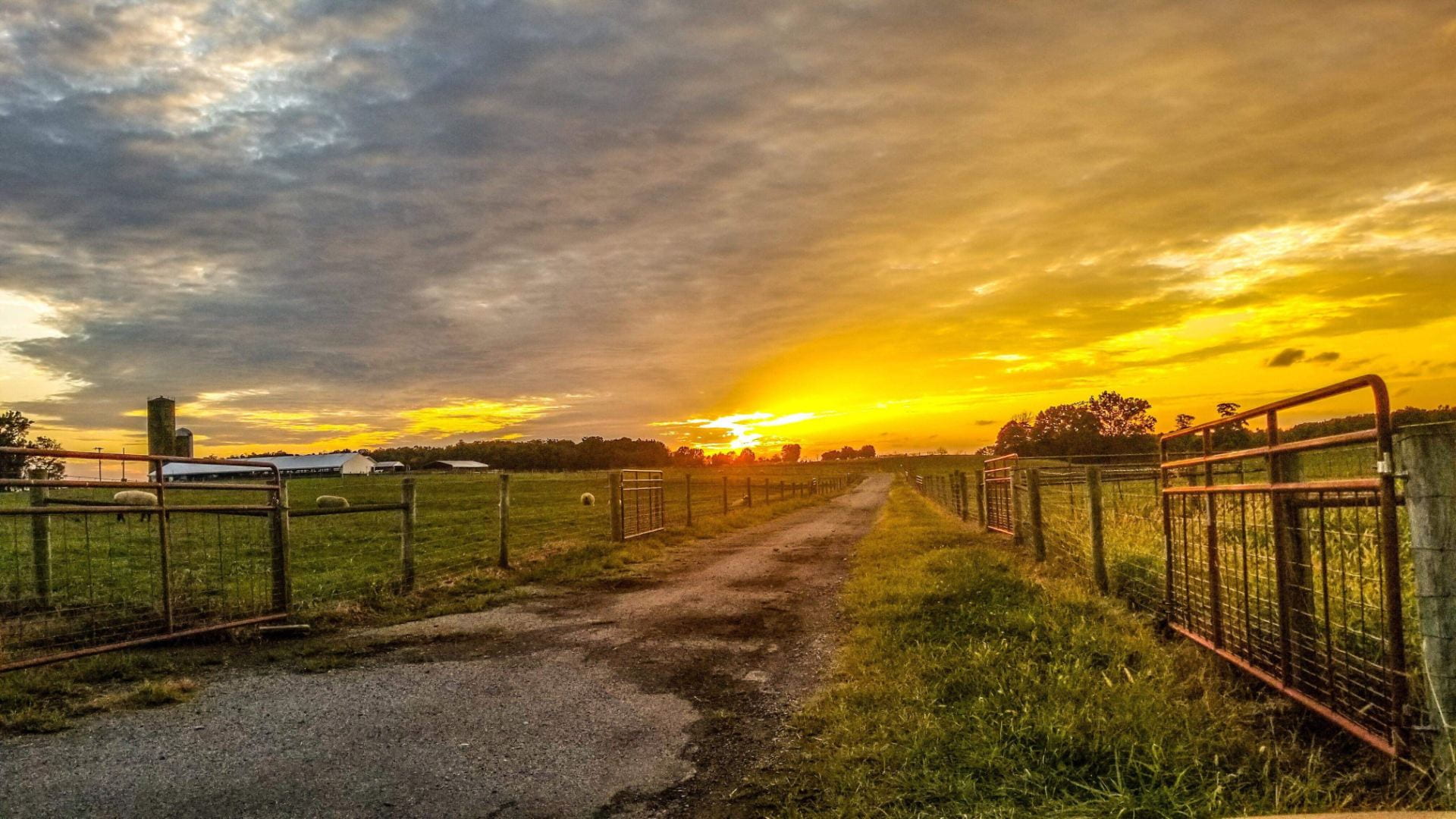Dr. Emily Nogay, DVM, Faculty, OSU Large Animal Services
(Previously published online with Ohio’s Country Journal and Ohio Ag Net: August, 10, 2025)
Skinny goat?  Worms. Diarrhea? Worms. Pale eyelids? Worms. Gastrointestinal parasites often take the blame for any small ruminant that is looking ill. Many times, they are responsible; however, it is important to remember that parasites are a natural part of life, especially for animals that eat off the ground.
Worms. Diarrhea? Worms. Pale eyelids? Worms. Gastrointestinal parasites often take the blame for any small ruminant that is looking ill. Many times, they are responsible; however, it is important to remember that parasites are a natural part of life, especially for animals that eat off the ground.
Although sheep and goats are susceptible to many types of gastrointestinal parasites, there is one that takes the cake – the barber pole worm or Haemonchus contortus. This worm lives inside the true stomach (abomasum) and attaches to the stomach lining to feed on the blood of the animal. This worm is common in all sheep and goats, and unfortunately, it is nearly impossible to eliminate. Large enough worm burdens can cause weight loss, diarrhea, anemia, localized edema (also known as “bottle jaw”), and subsequent death. Animals become Continue reading Sheep, Goats, and Worms – Oh My!




 Farm and The Ohio State University Extension will be hosting a small ruminant FAMACHA and integrated parasite management workshop on Friday, June 2nd, 2023. Participants will get hands on experience with parasite diagnostics and learn about parasite management in sheep and goats. FAMACHA certification will be offered from 9am-noon and participants will spend the afternoon from 1-3pm conducting parasite egg counts. The workshop will be located at Bargar Farm, 36505, Deersville Road, Cadiz, OH.
Farm and The Ohio State University Extension will be hosting a small ruminant FAMACHA and integrated parasite management workshop on Friday, June 2nd, 2023. Participants will get hands on experience with parasite diagnostics and learn about parasite management in sheep and goats. FAMACHA certification will be offered from 9am-noon and participants will spend the afternoon from 1-3pm conducting parasite egg counts. The workshop will be located at Bargar Farm, 36505, Deersville Road, Cadiz, OH.